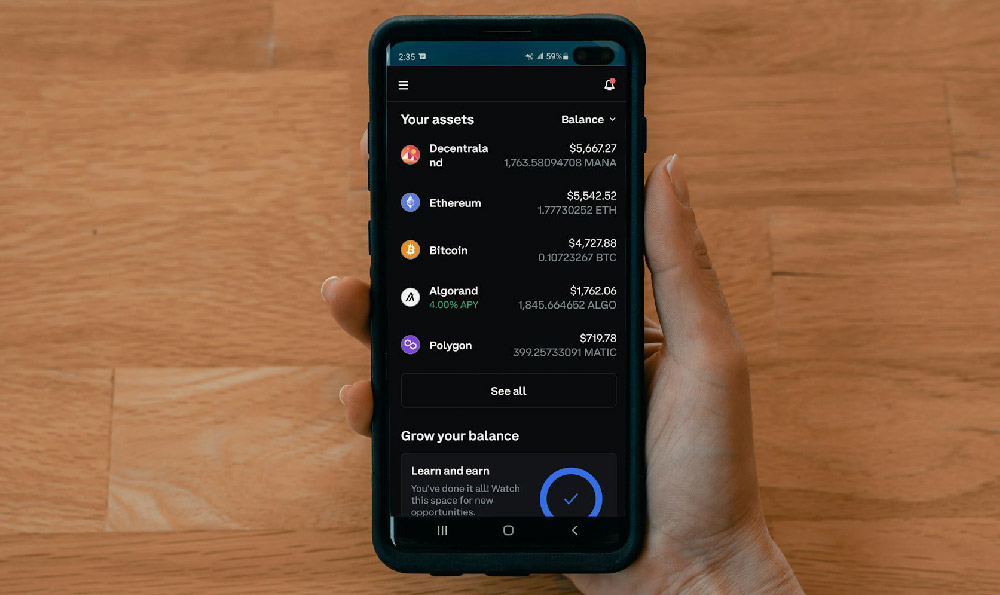YouTube, a titan in the digital landscape, reigns supreme as the world's leading video-sharing platform. Understanding its financial engine – the revenue it generates and the profits it yields – offers valuable insights into the dynamics of the digital economy and the power of online content creation. While YouTube's financial data isn't always broken out with complete transparency as it's a subsidiary of Google (Alphabet Inc.), we can piece together a comprehensive picture from available reports, analyst estimates, and industry trends.
Delving into YouTube's Revenue Streams
YouTube's revenue generation is multifaceted, relying on a diverse portfolio of strategies. Advertising, the platform's primary income source, plays a critical role. This comes in several forms:

- Display Ads: Banners and other visual advertisements strategically placed across the platform, often appearing on the homepage, search results pages, and channel pages.
- Overlay Ads: Semi-transparent advertisements that appear on the lower portion of videos, offering non-intrusive promotion.
- Skippable Video Ads: Advertisements that viewers can skip after a few seconds, providing a balance between advertising exposure and viewer experience.
- Non-Skippable Video Ads: Advertisements that viewers must watch in their entirety before proceeding to the video, ensuring maximum exposure for advertisers.
- Bumper Ads: Short, non-skippable video advertisements that play before, during, or after the main video content.
Beyond traditional advertising, YouTube strategically leverages subscriptions and other related offerings to boost its revenue:
- YouTube Premium: A paid subscription service that unlocks ad-free viewing, background playback on mobile devices, and access to YouTube Originals, exclusive content created by YouTube. This provides a direct revenue stream and incentivizes user engagement.
- YouTube TV: A streaming television service that offers live TV channels and on-demand content. It acts as a compelling alternative to traditional cable or satellite subscriptions.
- Channel Memberships: A feature that allows creators to offer exclusive content and perks to paying subscribers. This fosters community and provides a recurring revenue stream for creators and YouTube.
- Super Chat & Super Stickers: Features that enable viewers to purchase highlighted messages or animated stickers during live streams, increasing visibility and providing a direct way to support their favorite creators.
Estimating YouTube's Revenue: A Look at the Numbers
Google's financial reports provide the clearest picture of YouTube's revenue. In recent years, YouTube's revenue has experienced substantial growth. Alphabet consistently reports YouTube's advertising revenue, which has shown impressive gains year after year. These numbers reflect the platform's increasing value to advertisers seeking to reach a vast and engaged audience.
For instance, in 2023, YouTube's advertising revenue was reported to be around \$31.5 billion. This is a considerable amount reflecting YouTube's prominence in the digital advertising market. While this only reflects ad revenue, it paints a good picture.
Understanding YouTube's Profitability: A More Complex Picture
While YouTube's revenue figures are readily available, its profitability is not as transparent. Calculating YouTube's profit requires accounting for a complex range of expenses, which Google does not always break out separately. Some of the key expenses include:
- Content Acquisition Costs: Payments to content creators for licensing and producing videos. This constitutes a significant portion of YouTube's expenses, as it needs to incentivize creators to maintain a steady stream of high-quality content.
- Infrastructure Costs: Maintaining the vast network of servers and data centers required to host and deliver videos globally. This also includes research and development efforts to improve the platform's performance and scalability.
- Marketing and Promotion Expenses: Costs associated with promoting the platform and its content to attract new users and retain existing ones. This includes advertising campaigns, social media engagement, and partnerships with influencers.
- Operational Expenses: Costs related to running the platform's day-to-day operations, including employee salaries, office space, and legal fees.
- Bandwidth Costs: The costs associated with delivering video content to users across the world. As video content is data-intensive, bandwidth costs are a significant expense for YouTube.
Estimating YouTube's profitability is therefore challenging, but industry analysts have provided estimations. Due to the lack of specific information, estimated profit ranges vary widely. Some analysts suggest that YouTube's profit margins are improving as the platform continues to grow and optimize its operations. Other analysts estimate that its profit margin is comparable to the average media company.
It's also important to consider that Google strategically invests in YouTube, sometimes prioritizing growth over short-term profitability. This investment may include acquiring new technologies, developing new features, and expanding into new markets. As such, YouTube's profitability may fluctuate from year to year depending on Google's investment strategy.
The Future of YouTube's Revenue and Profitability
YouTube's financial trajectory is likely to continue upward, driven by the relentless growth of online video consumption. Several factors are expected to contribute to this growth:
- Increasing Internet Penetration: As internet access expands globally, YouTube's potential audience will grow, driving increased viewership and advertising revenue.
- Growing Mobile Usage: The widespread adoption of smartphones and mobile devices is fueling the demand for mobile video content, which YouTube is well-positioned to capitalize on.
- Advancements in Video Technology: Innovations in video technology, such as 4K and 8K resolution, are enhancing the viewing experience and attracting more viewers.
- Diversification of Content: YouTube is continually diversifying its content offerings, including live streaming, short-form videos (YouTube Shorts), and interactive content. This helps to attract a wider audience and retain viewers' attention.
Looking ahead, YouTube is likely to explore new revenue streams, such as virtual reality and augmented reality experiences. The platform may also increasingly focus on personalized advertising and targeted marketing to increase revenue. Ultimately, YouTube's continued success hinges on its ability to adapt to evolving consumer preferences, innovate its content offerings, and effectively monetize its vast audience. By embracing these strategies, YouTube can secure its position as the dominant video-sharing platform and continue to generate substantial revenue and profitability for years to come.












